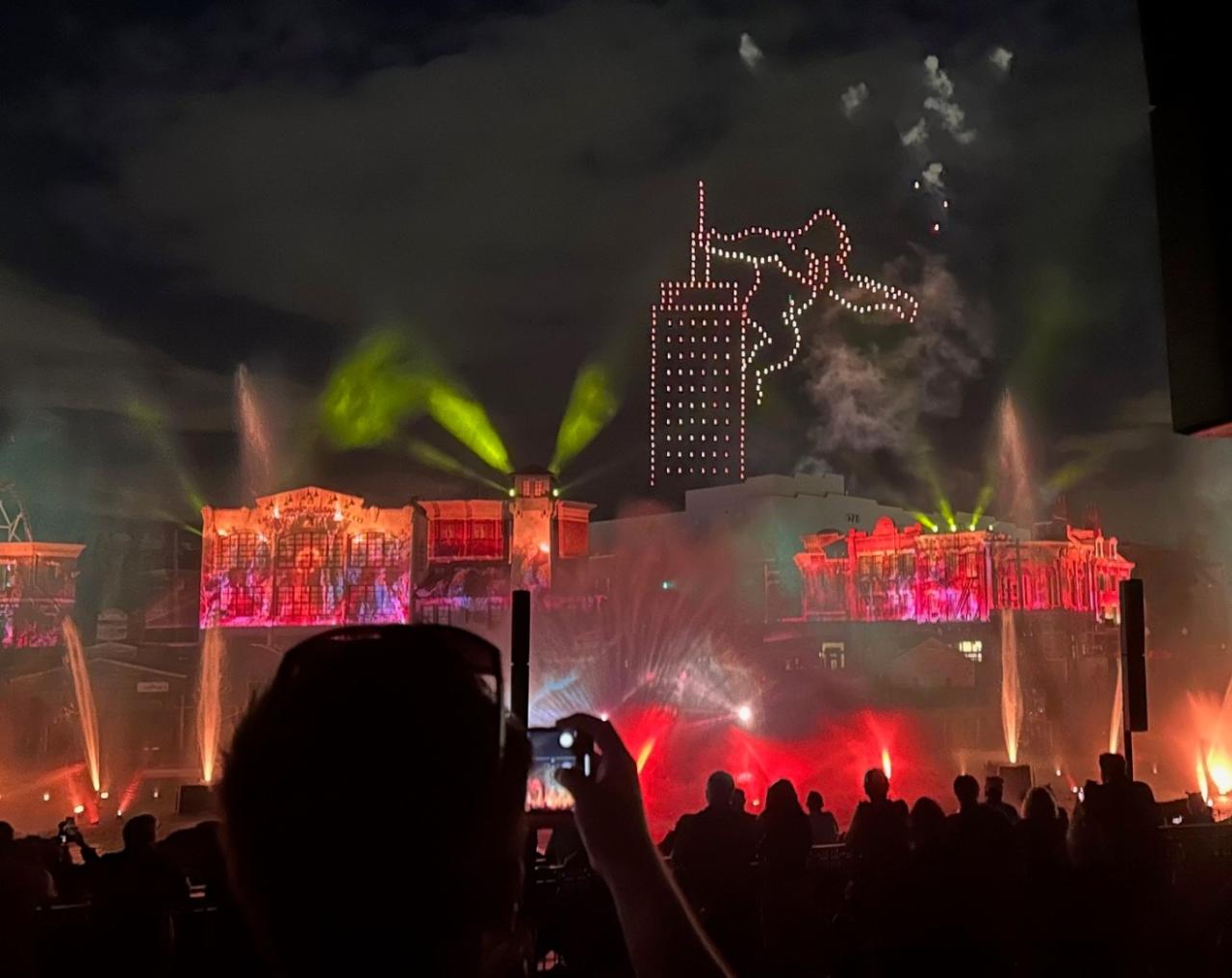Orlando drone show malfunction – it sounds like something out of a sci-fi movie, right? But this wasn’t fiction. A recent drone show in Orlando experienced a significant malfunction, leaving spectators stunned and raising serious questions about safety protocols and technological reliability. This article delves into the incident, exploring the potential causes, examining existing safety measures, and outlining crucial steps to prevent future occurrences.
Hey, so you heard about that Orlando drone show malfunction? Things went sideways pretty quickly, leading to a full-blown orlando drone show accident , which is why investigations are underway. The malfunction itself seems to have involved a loss of control, resulting in the subsequent crash. It’s a good reminder of the importance of safety protocols in these large-scale drone displays.
We’ll uncover what went wrong, why it happened, and what needs to change to ensure these spectacular shows remain safe and awe-inspiring.
We’ll walk you through the sequence of events, from the initial setup to the moment of the malfunction and its aftermath. We’ll also explore the potential causes, ranging from technical glitches and environmental factors to human error. Get ready to learn about drone show safety regulations, public reaction, and the vital lessons learned that will shape the future of these dazzling displays.
The Orlando Drone Show Malfunction
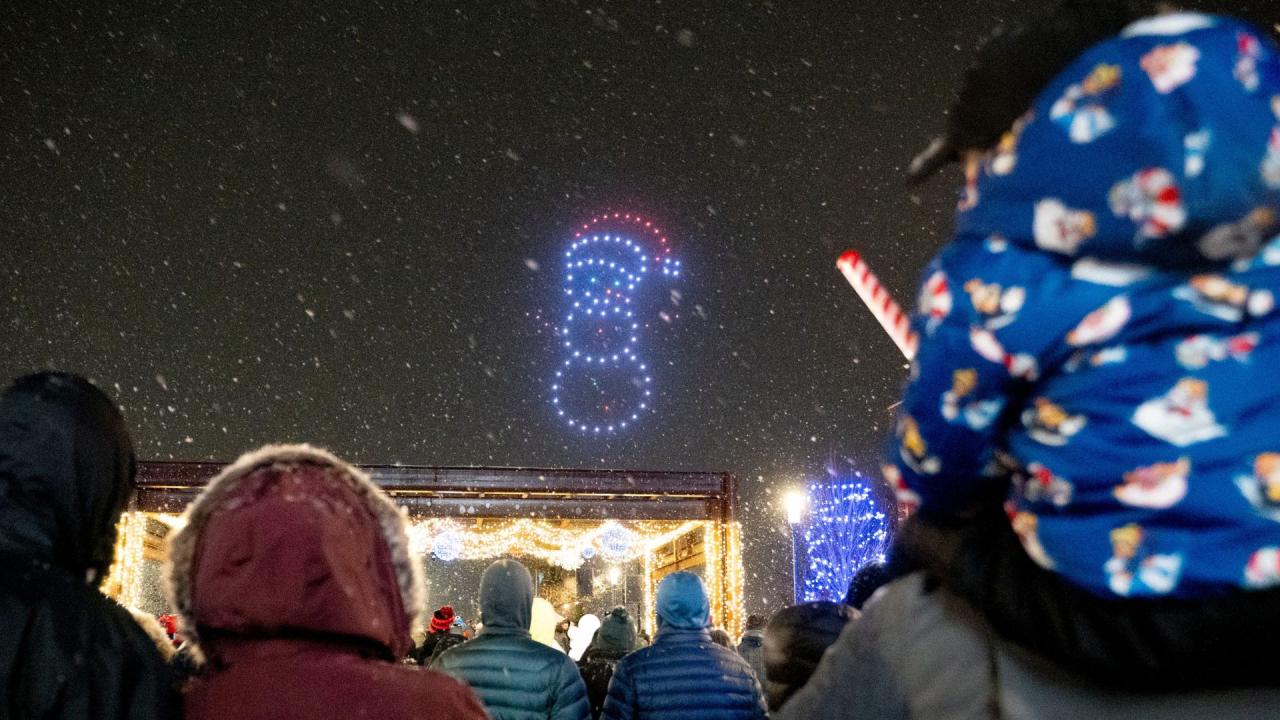
A spectacular drone light show over Orlando, Florida, took an unexpected turn when a malfunction disrupted the performance. This incident highlights the complexities and potential risks associated with large-scale drone displays, prompting a closer examination of safety protocols, technological limitations, and public perception.
The Orlando Drone Show Incident: A Detailed Account
The drone show, featuring hundreds of individually programmed drones, began smoothly, with the drones forming intricate patterns and vibrant displays in the night sky. However, approximately halfway through the performance, a noticeable disruption occurred. A section of the drone swarm began to lose synchronization, with individual drones deviating from their programmed flight paths. This resulted in a chaotic, disorganized display, with some drones exhibiting erratic movements.
While there were no reported crashes or significant damage to property, the unsynchronized drones created a visually jarring and unsettling spectacle. Show organizers immediately halted the performance, and the remaining drones were brought down in a controlled manner. Emergency personnel were on standby, but their intervention wasn’t required.
Potential Causes of the Malfunction
Several factors could have contributed to the malfunction. A thorough investigation would be necessary to pinpoint the exact cause. However, several possibilities warrant consideration.
That Orlando drone show malfunction was a bummer, right? It got me thinking about the tech involved, and how crucial reliability is. Companies like sky elements drones are constantly working on improving drone performance and safety, which is obviously super important for these large-scale events. Hopefully, future Orlando shows will have smoother flights, avoiding similar malfunctions.
| Potential Cause | Likelihood | Supporting Evidence |
|---|---|---|
| Software Glitch | High | Complex programming involved in large-scale drone shows; a single bug could cascade into widespread disruption. |
| GPS Interference | Medium | External signals or atmospheric conditions could affect GPS accuracy, leading to navigation errors. |
| Communication System Failure | Medium | Loss of communication between the control system and individual drones could cause unsynchronized movement. |
| Battery Failure (Multiple Drones) | Low | While unlikely to affect a significant portion of the swarm simultaneously, it could contribute to localized issues. |
| Wind Conditions | Low | Strong or unpredictable winds could impact drone stability and navigation. |
| Human Error | Low | Though unlikely to cause such a widespread issue, a programming error or incorrect setup could have contributed. |
Safety Protocols and Regulations
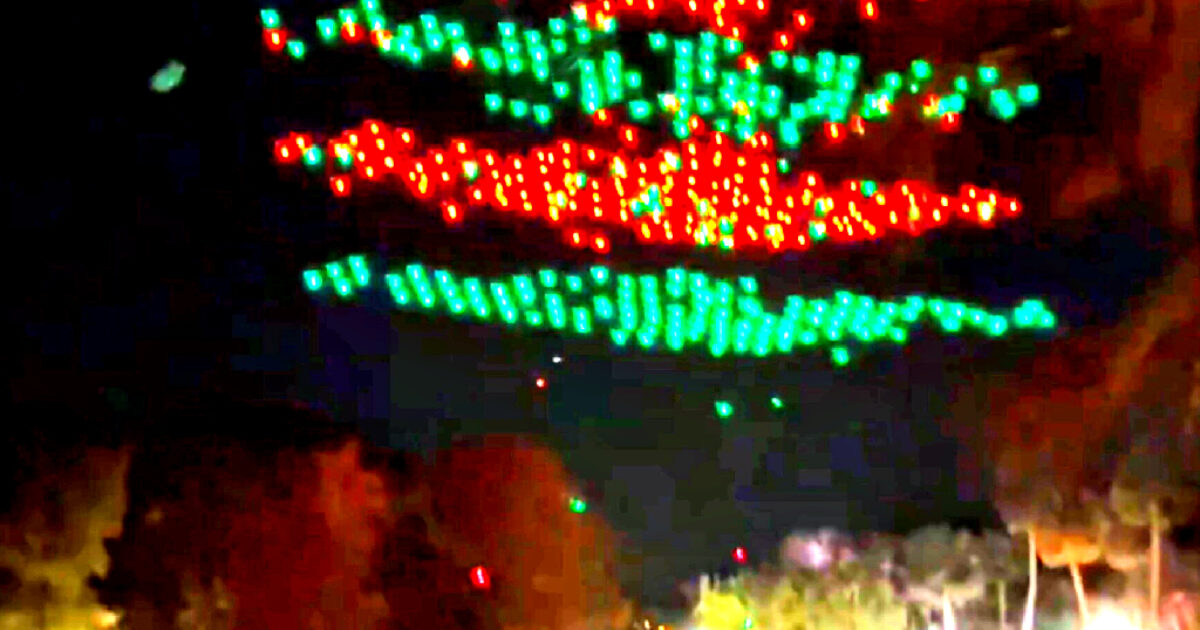
Current safety protocols for drone shows in Orlando, and nationwide, likely involve pre-flight checks, redundancy in communication systems, and emergency shutdown procedures. However, the incident highlights the need for more robust protocols to handle large-scale malfunctions. Industry best practices emphasize redundancy in all critical systems, rigorous testing, and detailed risk assessments. The incident’s implications for future regulations could involve stricter testing requirements, mandatory safety audits, and perhaps even limitations on the size and complexity of drone shows.
Impact and Public Response
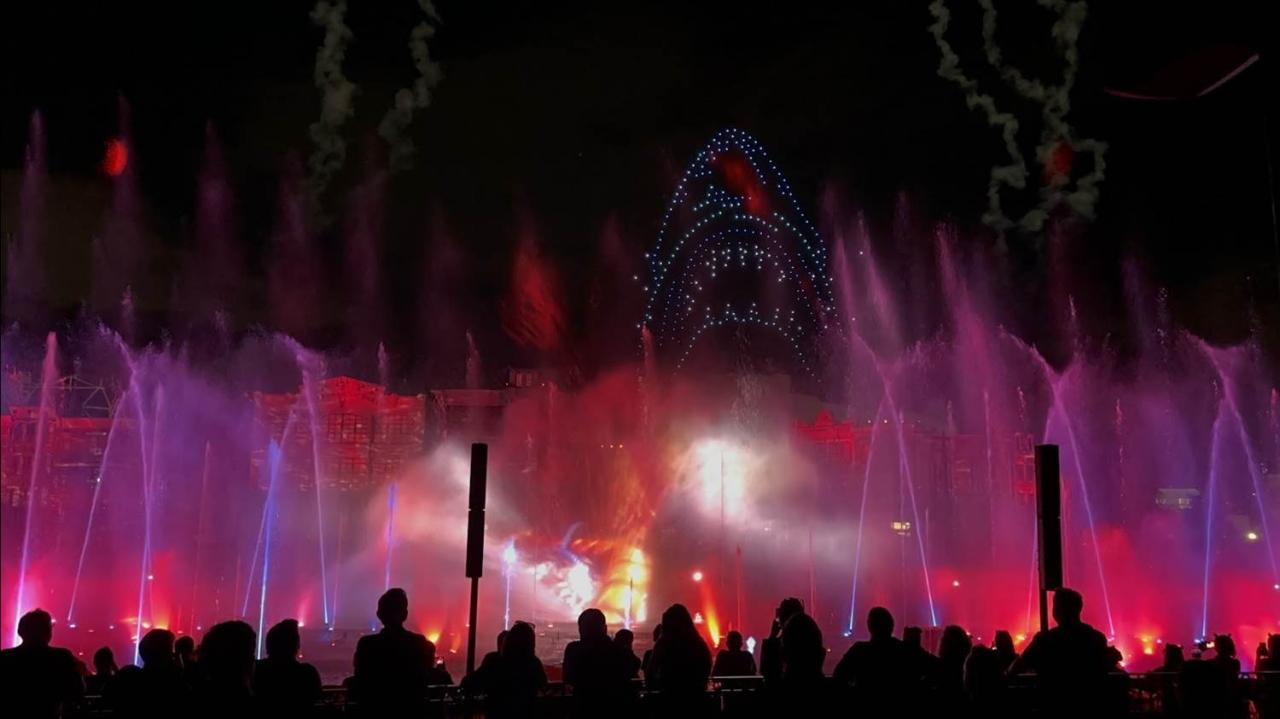
The malfunction’s immediate impact was a disrupted show and some audience disappointment. The unexpected nature of the event generated significant buzz on social media, with many expressing surprise, concern, and some humor. News reports covered the event, highlighting the safety aspects and technological challenges.
That Orlando drone show malfunction was a bummer, right? It makes you wonder about the tech behind these massive displays. For reliable, high-quality drones, you might want to check out companies like sky elements drones , who seem to prioritize safety and performance. Hopefully, future shows will learn from this incident and use equally robust equipment to prevent similar malfunctions.
- Positive: Some found the malfunction visually interesting, appreciating the unexpected spectacle.
- Negative: Many expressed concern about safety and the potential for harm.
- Neutral: Others shared the event as a quirky anecdote, highlighting the unpredictability of technology.
Lessons Learned and Future Improvements
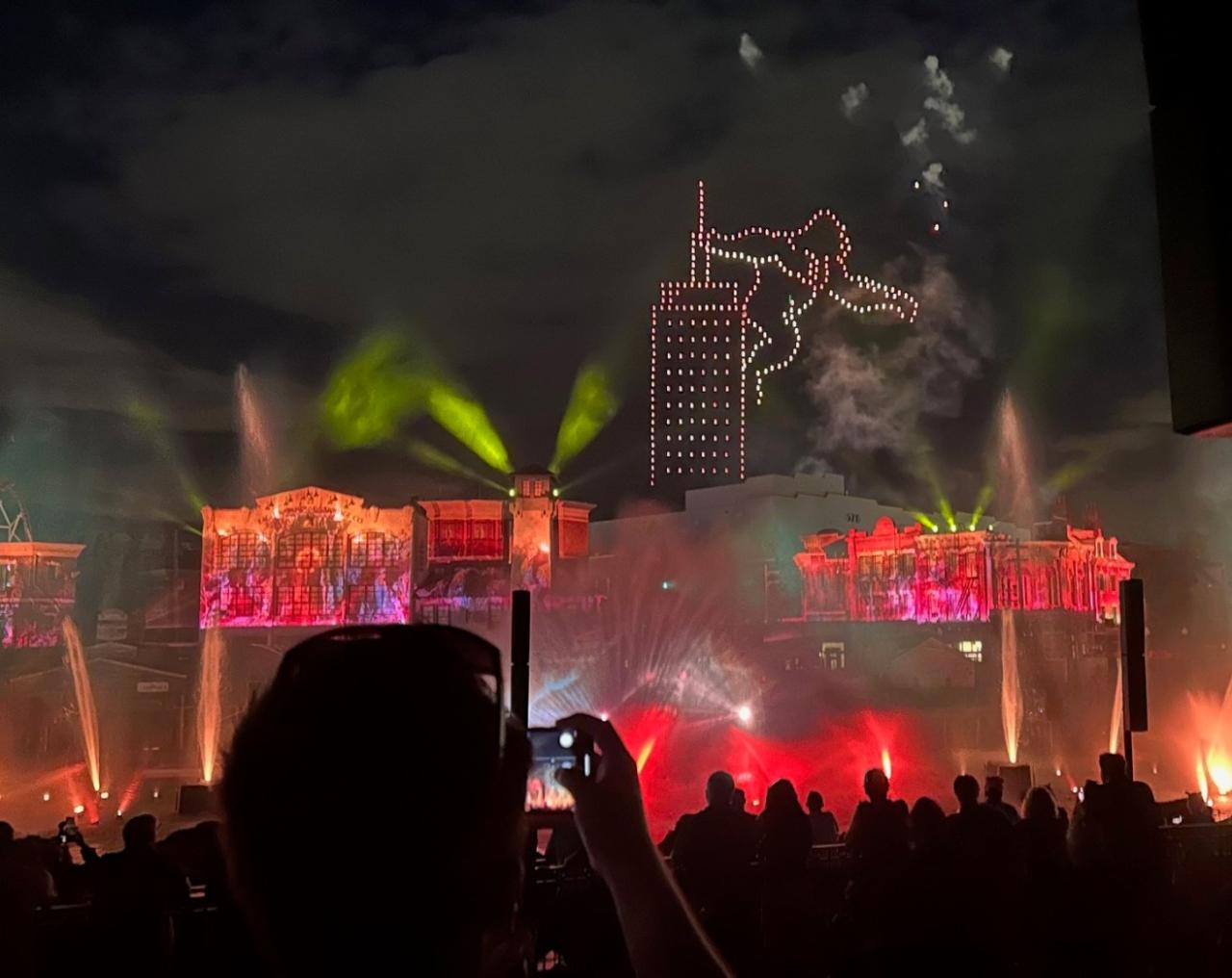
This incident underscores the need for continuous improvement in drone technology and show management. Lessons learned emphasize the importance of robust redundancy in communication and control systems, enhanced error detection and recovery mechanisms, and comprehensive safety protocols.
- Implement more sophisticated error-handling protocols in the drone’s software.
- Develop backup communication systems to maintain control even if the primary system fails.
- Enhance pre-flight checks and inspections to identify potential issues early.
- Invest in more resilient and reliable drone hardware.
- Develop standardized safety guidelines and regulations for large-scale drone shows.
Visual Representation of the Event, Orlando drone show malfunction
Imagine hundreds of lights, initially forming a cohesive, breathtaking pattern in the night sky. Then, a section of the display begins to falter. Lights drift erratically, breaking formation, creating a disjointed and unpredictable visual effect. The once-uniform, vibrant patterns transform into a chaotic jumble of flashing lights, a stark contrast to the precision displayed moments before. The overall effect was unsettling, a sudden shift from coordinated beauty to disorganized movement.
Outcome Summary: Orlando Drone Show Malfunction
The Orlando drone show malfunction serves as a stark reminder of the importance of rigorous safety protocols and robust technological reliability in large-scale drone operations. While drone shows offer captivating entertainment, the potential risks necessitate continuous improvement in safety measures, technological advancements, and regulatory frameworks. By learning from this incident and implementing the suggested improvements, we can ensure future drone shows are both spectacular and safe, minimizing the chances of similar incidents and maintaining public trust in this innovative form of entertainment.
FAQ Overview
What type of drones were involved in the show?
This information would need to be sourced from news reports or official statements related to the event.
Were there any injuries reported?
Again, this requires verification from official sources covering the incident.
What was the estimated cost of the damage?
Determining the financial impact would involve reviewing post-incident reports and statements from the show organizers.
How long was the drone show delayed or cancelled after the malfunction?
Details on the duration of the disruption would be available in news coverage or official statements.
